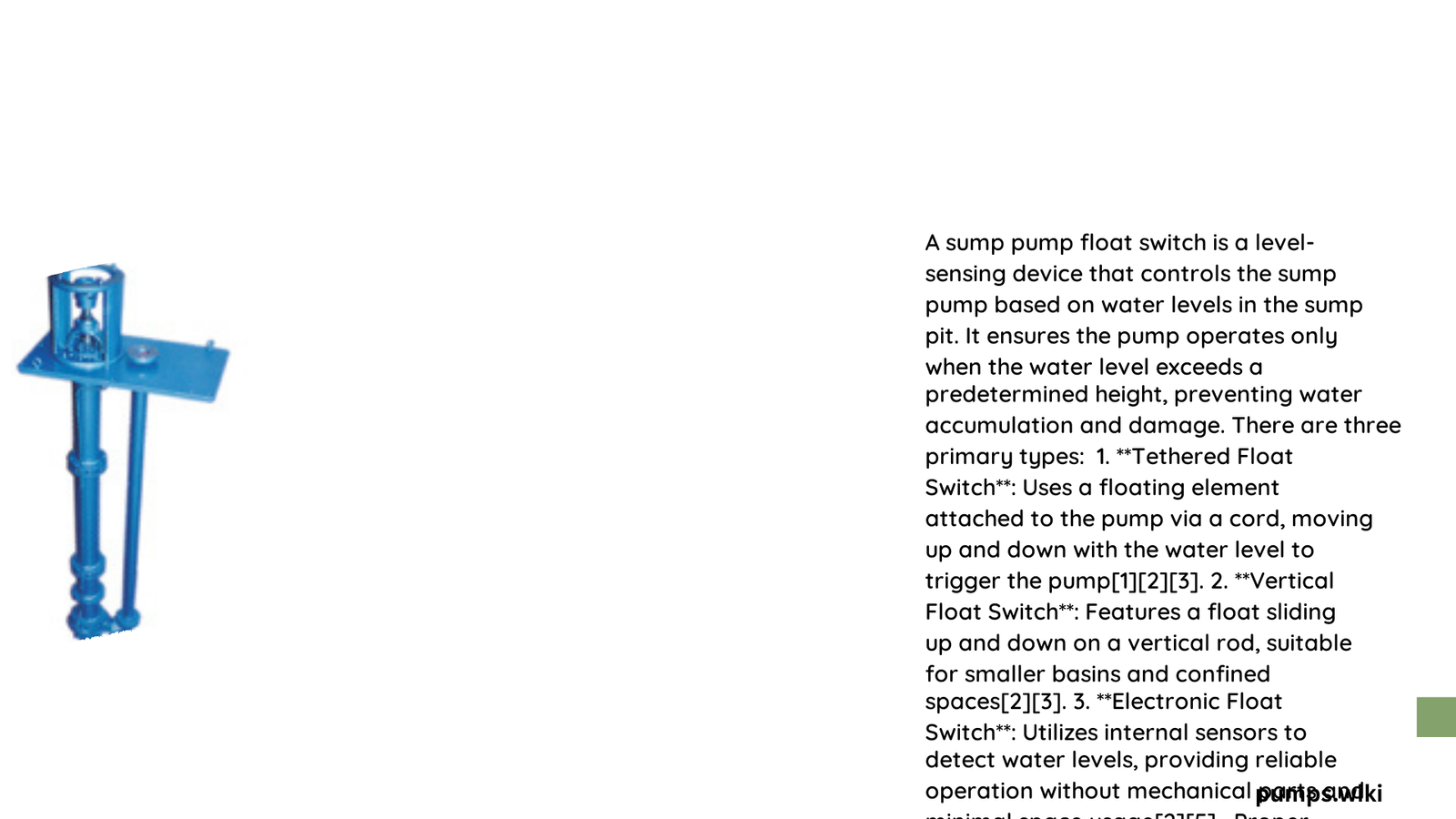A sump pump pill switch represents a critical water level detection mechanism designed to automatically activate and deactivate sump pumps in residential and commercial settings. This specialized switch utilizes advanced sensor technology to monitor water levels, providing reliable protection against potential flooding and water damage by triggering pump operations precisely when needed.
What Is a Sump Pump Pill Switch?
A sump pump pill switch is an innovative water level control device that uses pressure-sensitive or electronic mechanisms to detect water accumulation in sump pits. Unlike traditional float switches, these compact switches offer enhanced reliability and precision in pump activation.
Types of Sump Pump Switches
| Switch Type | Activation Method | Pros | Cons |
|---|---|---|---|
| Tethered Float | Buoyancy-based | Flexible installation | Potential tangling |
| Vertical Float | Vertical movement | Compact design | Limited range |
| Diaphragm | Pressure-sensitive | Space-efficient | Less adjustable |
| Electronic | Sensor-based | High precision | Electricity dependent |
How Do Sump Pump Pill Switches Work?

Sump pump pill switches operate through sophisticated detection mechanisms:
- Water Level Detection
- Monitors pit water levels continuously
- Triggers pump activation at predetermined thresholds
-
Prevents potential basement flooding
-
Sensor Mechanism
- Uses pressure-sensitive diaphragms
- Electronic sensors measure water depth
- Provides instantaneous response
What Are the Key Installation Considerations?
Preparation Steps
- Assess sump pit dimensions
- Select appropriate switch type
- Verify electrical compatibility
- Ensure proper mounting location
Installation Checklist
- Turn off electrical power
- Clean sump pit thoroughly
- Mount switch securely
- Test switch functionality
- Verify water drainage performance
What Maintenance Strategies Enhance Switch Reliability?
Routine Maintenance Practices
- Inspect switch quarterly
- Clean sensor surfaces
- Check electrical connections
- Verify cord integrity
- Test pump activation mechanism
Potential Failure Points
- Sensor contamination
- Mechanical wear
- Electrical connection degradation
- Corrosion risks
What Troubleshooting Techniques Resolve Common Issues?
Diagnostic Approach
- Check power supply
- Inspect physical switch condition
- Test sensor responsiveness
- Verify pump functionality
- Replace components if necessary
Replacement Considerations
- Average switch lifespan: 3-5 years
- Replacement cost: $50-$200
- Professional installation recommended
What Factors Influence Switch Selection?
Critical Selection Criteria
- Pit dimensions
- Water volume expectations
- Electrical infrastructure
- Budget constraints
- Environmental conditions
Performance Metrics
- Activation accuracy
- Response time
- Durability
- Energy efficiency
Expert Recommendations
Professionals suggest investing in high-quality electronic or diaphragm-based sump pump pill switches for optimal performance. Regular maintenance and proactive replacement prevent potential water damage risks.
Technical Specifications
- Voltage Range: 110-240V
- Temperature Tolerance: 32-120°F
- Pressure Sensitivity: 0.5-2 PSI
- Material Composition: Corrosion-resistant polymers
Cost-Benefit Analysis
Investing in a reliable sump pump pill switch provides significant long-term protection against water damage, potentially saving thousands in repair costs.
Estimated Savings
- Water damage prevention: $5,000-$25,000
- Insurance premium reductions
- Increased property value
Conclusion
A sump pump pill switch represents a critical component in comprehensive water management strategies, offering precise, reliable protection against potential flooding scenarios.
